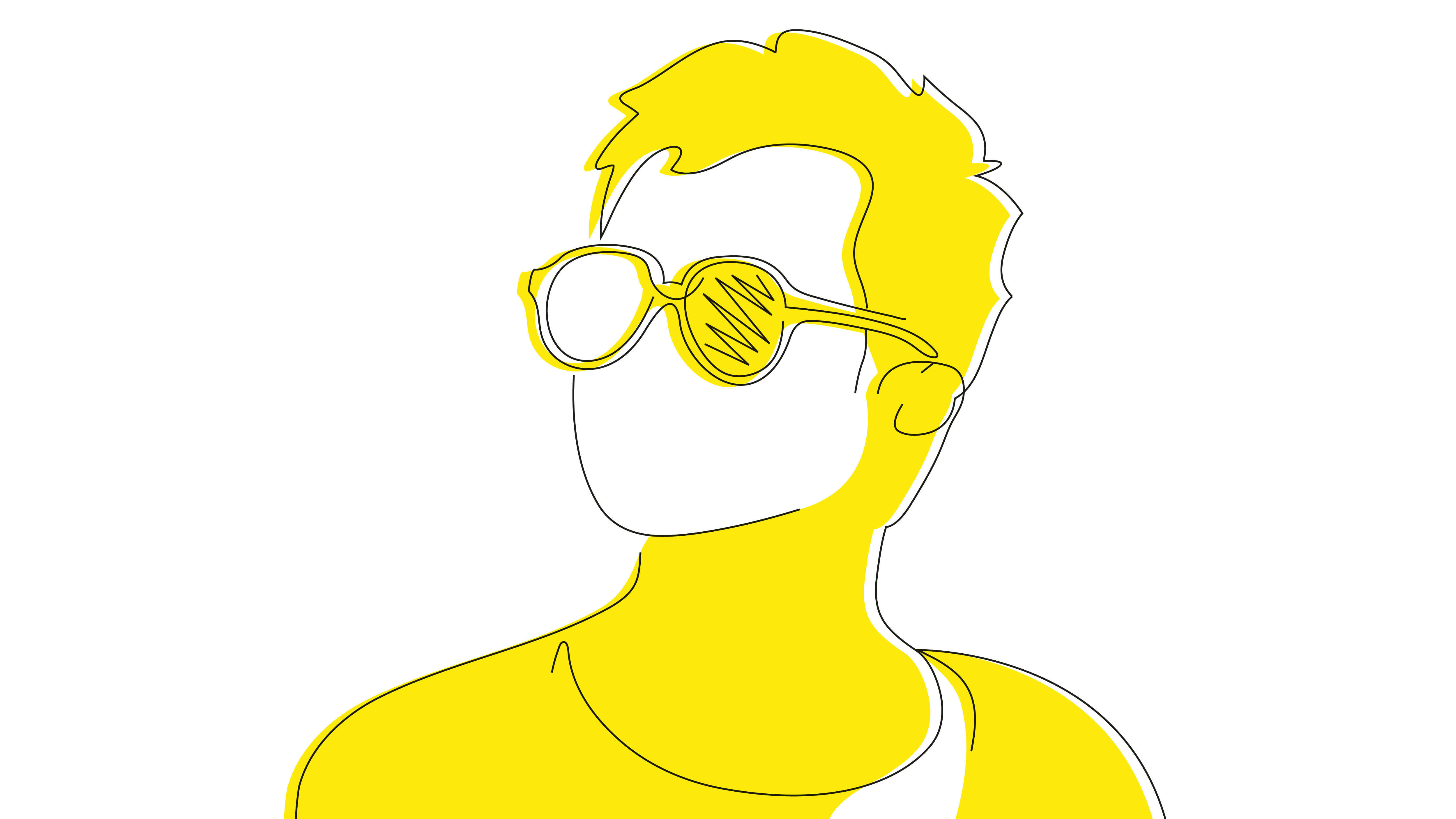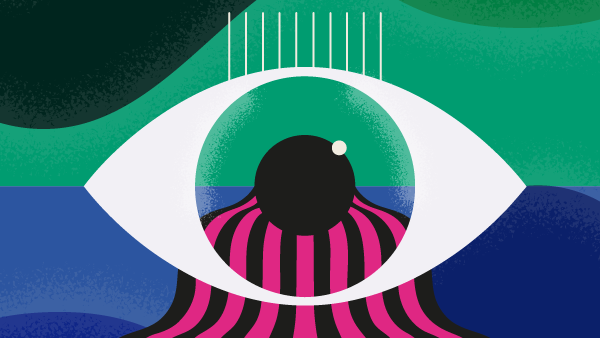You are viewing 1 of your 3 articles before login/registration is required
No Time for (Glass) Eyes
How contemporary mainstream narratives continue to link ocular prostheses and disfigurement with villainy
There are a number of situations where an individual might be required to step into the largely unpublicised world of ocular prosthetics. Though conditions like microphthalmia and phthisis bulbi – as well as interventions such as enucleation, evisceration, and orbital exenteration – might all be considered relatively rare within the medical field, they can have life-changing consequences for patients.
It is, of course, in the patient’s best interest to get an artificial replacement that is tailored to their particular requirements – something that they feel comfortable with in the long term. The correct choice of ocular prosthesis should possess not only cosmetic functions, but also medicinal prophylactic functions. Among other things, it should maintain the affected eyehole’s shape, ensure and support eyelid function, maintain the user’s pre-surgical facial expressions, and protect the conjunctival cavity from any external elements, such as dust and rain.
Unfortunately, mainstream media – in particular, Hollywood – seems to have long since been sold on a concept: villains as physically flawed; heroes as flawless. A reductive binary concept which, to all extents and purposes, skirts uncomfortably close to the dictionary definition of the racist and disproven pseudoscience of physiognomy: “the supposed art of judging character from facial characteristics.”
Scholars David T. Mitchell and Sharon L. Snyder’s book, Narrative Prosthesis, talks about the pervasive use of disability as a device of characterization in literature and film. And we only need to look at the James Bond franchise to see how many villains are afflicted by ocular disability and/or disfigurement: Safin, antagonist of No Time to Die, is disfigured by chemical burns; Ernst Stavro Blofeld, veteran of several Bond adventures, is facially scarred and missing his right eye (an injury caused by 007); Casino Royale’s Le Chiffre sports a circular scar around his left eye and “derangement of the tear duct,” causing him to weep blood; Emilio Largo of Thunderball wears an eye patch, although we never find out why.
Admittedly, these villains are not far from pantomime characterizations, but the popular revulsion they engender doesn’t do much for the wider acceptance of facial disfigurement. You may be able to forgive Ian Fleming’s poetic license, but the linkage between ocular aberrance and moral corruption also appears in much older sources of media.
In the Bible’s New Testament, for example, Matthew (6:22) declares, “When thine eye is single [healthy or clear], thy whole body is also full of light; but when thine eye is evil [or diseased], thy whole body is also full of darkness.” A pretty unambiguous connection between external physiology and internal corruption.
And then there is Greek mythology, with characters like Polyphemus (the cycloptic son of Poseidon and Thoosa) and the Graeae (the three blind sea hags, who share one eye and one tooth between them) reinforcing this idea that to have anything other than two regular working eyes is an abomination – an undeniable symbol of inner villainy.
So, where do all of these negative representations leave those individuals afflicted with evident ocular injuries or diseases? I’m not suggesting a full on revision to the Bible or the whole of classical mythology, but perhaps it’s time that Hollywood took a long hard look at its reliance on the narrative prosthesis…
The New Optometrist Newsletter
Permission Statement
By opting-in, you agree to receive email communications from The New Optometrist. You will stay up-to-date with optometry content, news, events and sponsors information.
You can view our privacy policy here
Most Popular
Sign up to The New Optometrist Updates
Permission Statement
By opting-in, you agree to receive email communications from The New Optometrist. You will stay up-to-date with optometry content, news, events and sponsors information.
You can view our privacy policy here
Sign up to The New Optometrist Updates
Permission Statement
By opting-in, you agree to receive email communications from The New Optometrist. You will stay up-to-date with optometry content, news, events and sponsors information.
You can view our privacy policy here







